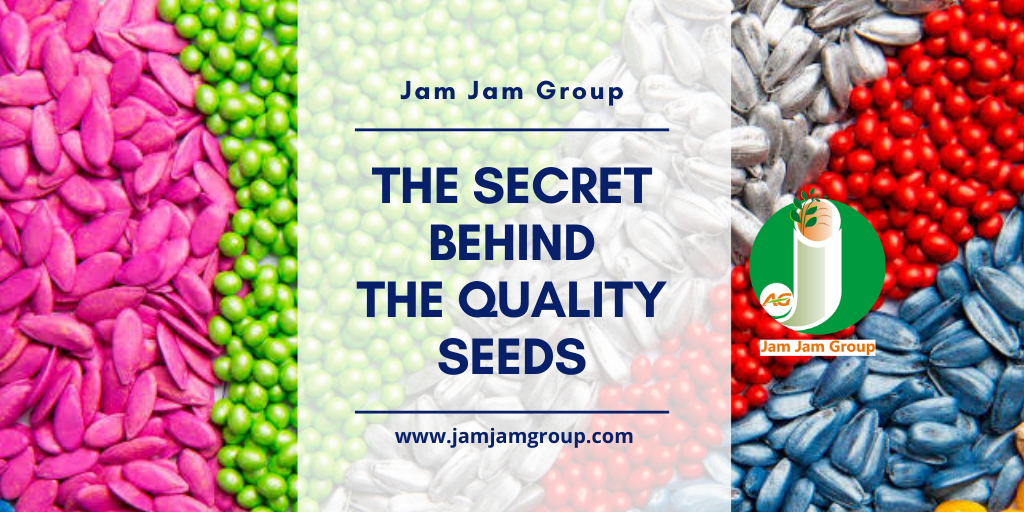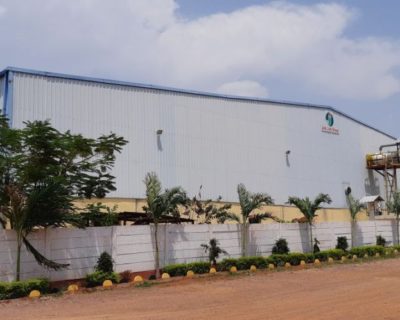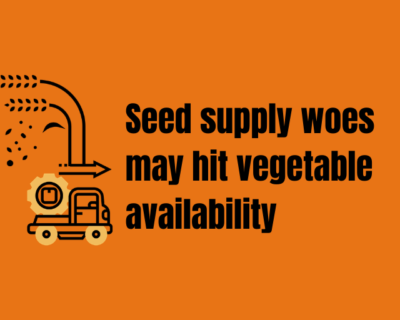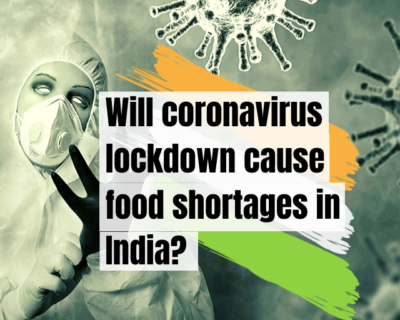
The Secret Behind The Quality Seeds
Seeds are the foundation of agriculture. Seed is a basic input in agriculture. In seed, the importance is given to the biological existence whereas; in grain the importance is given to the supporting tissue the economic turn out.
Importance of quality seed
- Gives desired plant population
- Capacity to withstand the adverse conditions
- Seedlings produced will be more vigorous, fast growing and can resist pest and disease resistance
- Ensures uniform growth and maturity
- Development of root system will be more efficient that aids absorption of nutrients efficiently and result in higher yield.
Hence the quality seed should have
- High genetic purity
- High pure seed percentage ( physical purity)
- High germ inability
- High vigour
- Higher field establishment
- Free from pest and disease
- Good shape, size, color etc., in keeping with the specification of selection
- High longevity / shelf life
- Optimum moisture content for storage
- High market value
Physical Quality: Cleaning of seeds from other seeds, debris, inert matter, and damaged seeds. The seed with physical quality ought to have uniform size, weight, and color and should be free from stones, debris, and dust, leafs, twigs, stems & flowers. Well, without other crop seeds and inert material. This quality character might be obtained with seed tons by correct cleanup and grading (seed processing) when assortment and before sowing / storage.
Genetic purity: This quality character is very important for achieving the specified goal of raising the crop either for resistance or for desired quality factors.
Physiological Quality: Seed vigour determines the level of performance of seed or seed lot during germination and seedling emergence. Seed that perform well at sowing are termed as quality seed. Physiological quality of seed might be achieved through correct choice of seed (matured seed) used for sowing and by caring for quality characters throughout extraction, drying and storage.
Seed Health: Seed shouldn’t be infected with fungi or with other insect pests as these can scale back the physiological quality of the seed and conjointly the physical quality of the seed in long term storage.
Characteristics of good quality seed:
Higher genetically purity:
- Breeder /Nucleus – 100%
- Foundation seed – 99.5%
- Certified seed – 99.0%
Higher physical purity for certification
- Maize , Bhendi – 99%
- All crops ( most) – 98%
- Carrot – 95%
- Sesame, soybean & jute – 97 %
- Ground nut – 96 %
Quality Characteristics:
- Temperature matters: As a rule, the seed of most (but not all) species germinates best in mild heat. In short, invest in an electric propagator. These come in all shapes and sizes, from the very affordable window sill–sized kinds to the large, high-tech types. But once your seedlings emerge, continuously move them to bright, slightly cooler places to accustom them to more normal growing conditions.
- Freshness matters: To germinate, seed should be viable, meaning it must be alive/ respiring. But as seeds age, their viability dwindles, especially if poorly stored (the best place to keep them is in an airtight container placed in the vegetable tray of the fridge). Confusingly, the seed of some species will stay viable for several years whereas others quickly deteriorate.
- Moisture matters: Most seeds’ germination and growth depends on a growing medium. Infrequent watering and overwatering are causes of poor germination and seedling damage or death. So always sow using pre-dampened compost and place the pots/seed trays into a shallow tray filled with water when required to allow the compost to gently wick up moisture.
- Humidity matters: Covering freshly-sown seed trays/pots with a (transparent) plastic lid or protecting them in an transparent deep freezer bag will increase the rate of successful germination. But once you spot signs of germination, immediately start lowering humidity levels to avoid those seedlings succumbing to disease. Begin by propping open the plastic lids and gently untying the plastic bags to allow a little fresh air to circulate, gradually increasing air levels before eventually removing the lids and bags.
- Light levels matter: As a general rule, seeds of most plant species require the darkness provided by a shallow covering of seed compost for successful germination. Usually the tiniest seeds want exposure to light-weight to trigger germination so ought to be surface-sown.
- Depth and spacing matter: Sowing seed too deeply is a mistake, as is sowing too densely, which results in spindly seedlings competing for space and light. So try and house seeds equally, thinly and to the depth recommended on the packet.
- The growing medium matters: A good quality, fine-grade seed compost makes a huge difference.
- Patience matters: Seed of some species will take time to germinate typically weeks, months, or even years. So don’t give up too quickly. Be very gentle. Once your seedlings develop their first true set of leaves, it’s time to prick them out by very gently holding them by their leaves and using a pencil to tease them very gently out of the compost, roots intact, before transplanting them immediately into a modular tray or small pot, followed by very gentle watering.
Purchase outsourced seeds that may grow in your climate zone. Choose cold-resistant seeds if you want to sow them outdoors.







